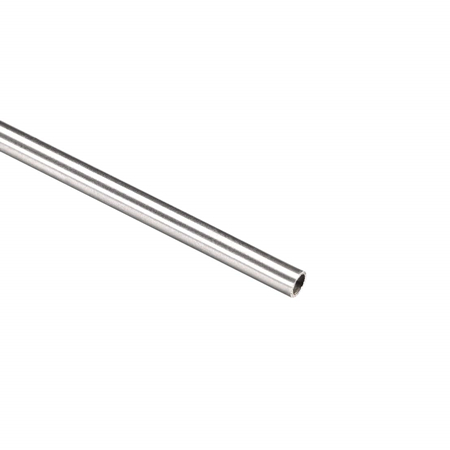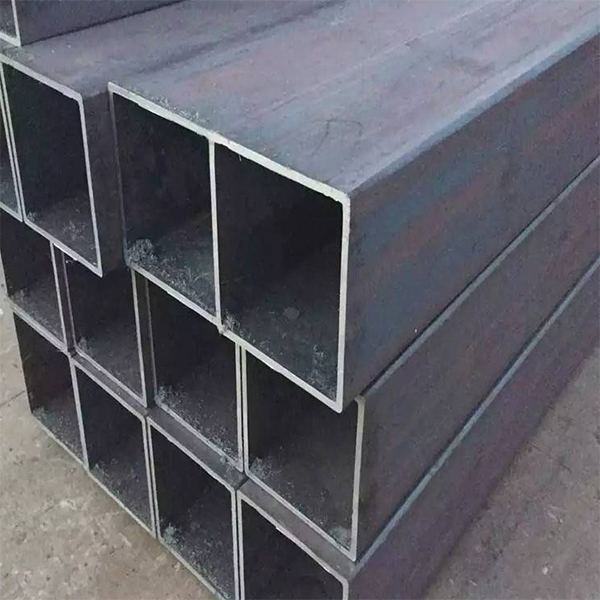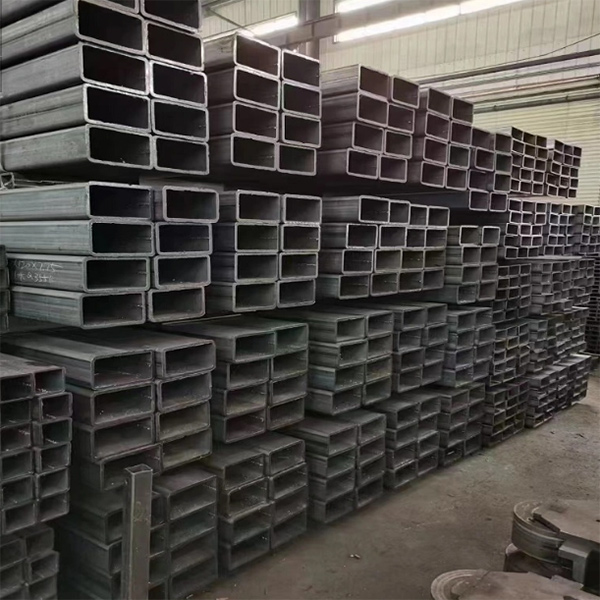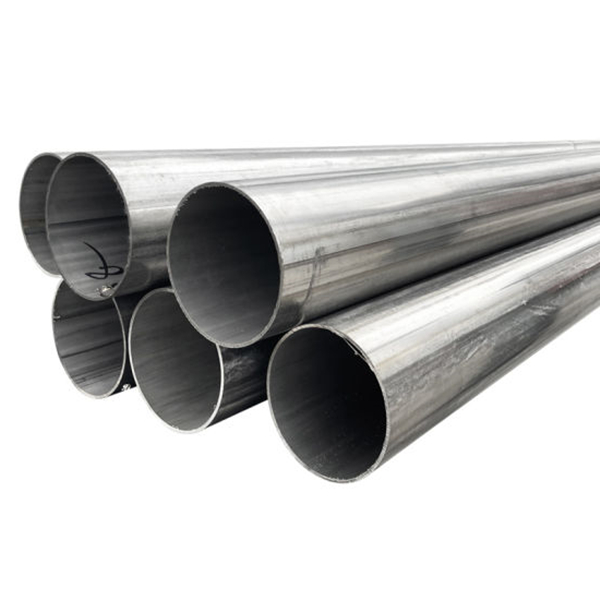316 Stainless Steel Pipe
About 316L stainless steel pipe
316L is a stainless steel material grade, AISI 316L is the corresponding American designation, and sus 316L is the corresponding Japanese designation. my country's unified digital code is S31603, the standard grade is 022Cr17Ni12Mo2 (new standard), and the old grade is 00Cr17Ni14Mo2, which means that it mainly contains Cr, Ni, and Mo, and the number represents the approximate percentage.
The maximum carbon content of 316 stainless steel pipe is 0.03, which can be used in applications where annealing after welding cannot be performed and maximum corrosion resistance is required.
316 and 317 stainless steel (see below for the properties of 317 stainless steel) are molybdenum-containing stainless steels.
The overall performance of this steel grade is better than that of 310 and 304 stainless steel. Under high temperature conditions, when the concentration of sulfuric acid is lower than 15% and higher than 85%, 316 stainless steel has a wide range of uses.
316 stainless steel plate, also known as 00Cr17Ni14Mo2 corrosion resistance:
The corrosion resistance is better than 304 stainless steel, and it has good corrosion resistance in the production process of pulp and paper.
The carbide precipitation resistance of 316 stainless steel is better than that of 304 stainless steel, and the above temperature range can be used.
316l stainless steel pipe national standard
316L is a stainless steel material grade, AISI 316L is the corresponding American designation, and sus 316L is the corresponding Japanese designation. my country's unified digital code is S31603, the standard grade is 022Cr17Ni12Mo2 (new standard), and the old grade is 00Cr17Ni14Mo2, which means that it mainly contains Cr, Ni, and Mo, and the number represents the approximate percentage. The national standard is GB/T 20878-2007 (current version).
316L has a wide range of applications in the chemical industry due to its excellent corrosion resistance. 316L is also a derivative of 18-8 type austenitic stainless steel, with 2 to 3% of Mo added. On the basis of 316L, many steel grades are also derived. For example, 316Ti is derived after adding a small amount of Ti, 316N is derived after adding a small amount of N, and 317L is derived by increasing the content of Ni and Mo.
Most of the existing 316L on the market are produced according to American Standard. For cost reasons, steel mills generally try to lower the Ni content of their products to the lower limit. The American standard stipulates that the Ni content of 316L is 10-14%, while the Japanese standard stipulates that the Ni content of 316L is 12-15%. According to the minimum standard, there is a 2% difference in Ni content between the American standard and the Japanese standard, which is quite huge in terms of price. Therefore, customers still need to see clearly when purchasing 316L products, whether the products refer to ASTM or JIS standards.
The Mo content of 316L makes this steel with excellent resistance to pitting corrosion and can be safely used in environments containing Cl- and other halogen ions. Since 316L is mainly used for its chemical properties, steel mills have slightly lower requirements for surface inspection of 316L (compared to 304), and customers with higher surface requirements should strengthen surface inspection.
Maintenance and cleaning of stainless steel
If stainless steel is exposed to air for a long time, it will also get dirty like anything else. Studies have shown that two different ways of rain washing and manual washing have a certain relationship with the dirty surface of stainless steel. First, put one stainless steel slat in the atmosphere and the other in the canopy to observe the effect of the rain wash. The operation process of manual scouring is to use an artificial sponge dipped in soapy water to regularly fix the position of the material slats, and the period is 6 months for scrubbing. As a result, those slats that were not flushed in the shed had relatively much less dust on the surface of the flushed slats than the slats that were flushed in both ways. Therefore, the cleaning interval for stainless steel may also be affected by many factors. In life, we may only clean the stainless steel when we clean the glass, but if the stainless steel is outside, it is recommended to wash it twice a year.








